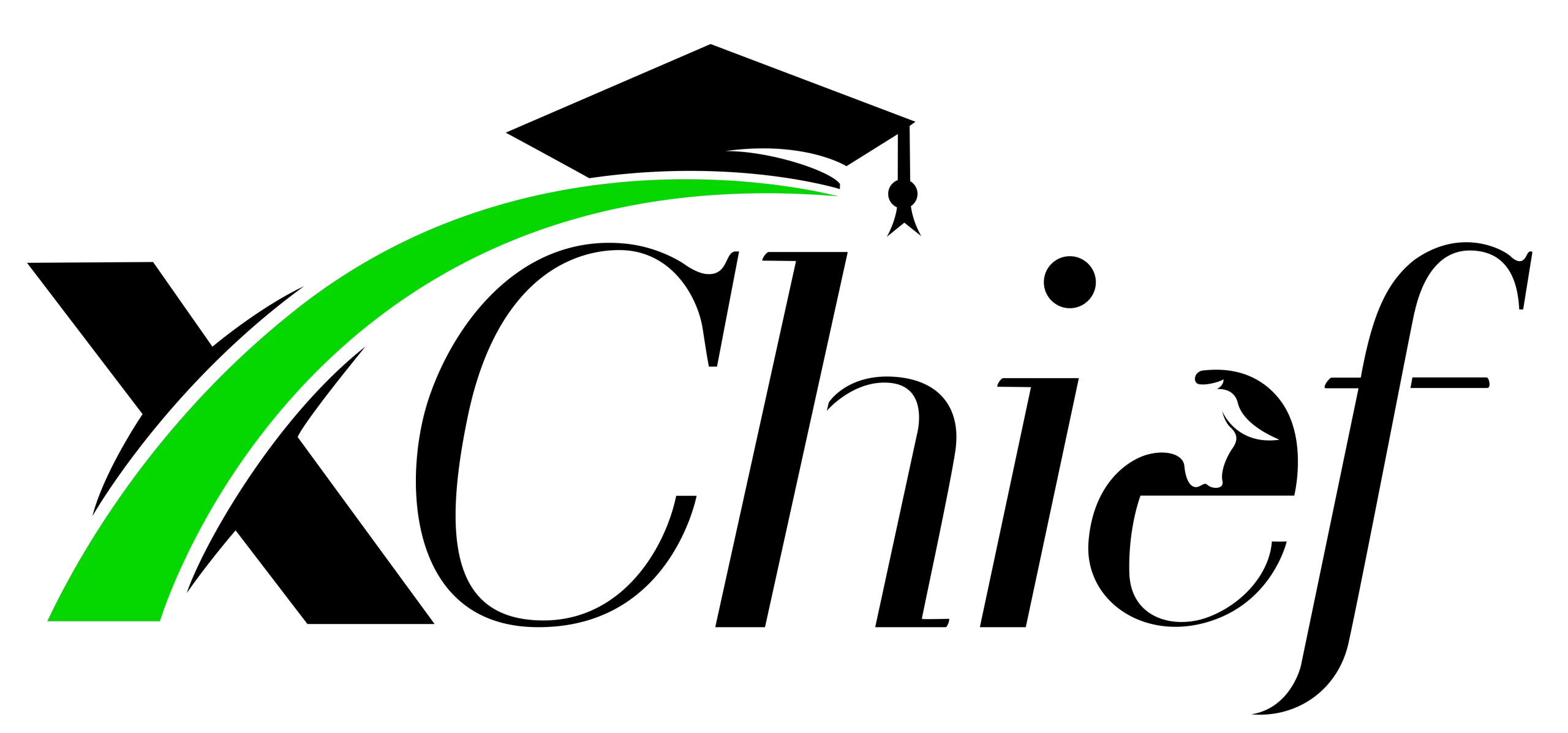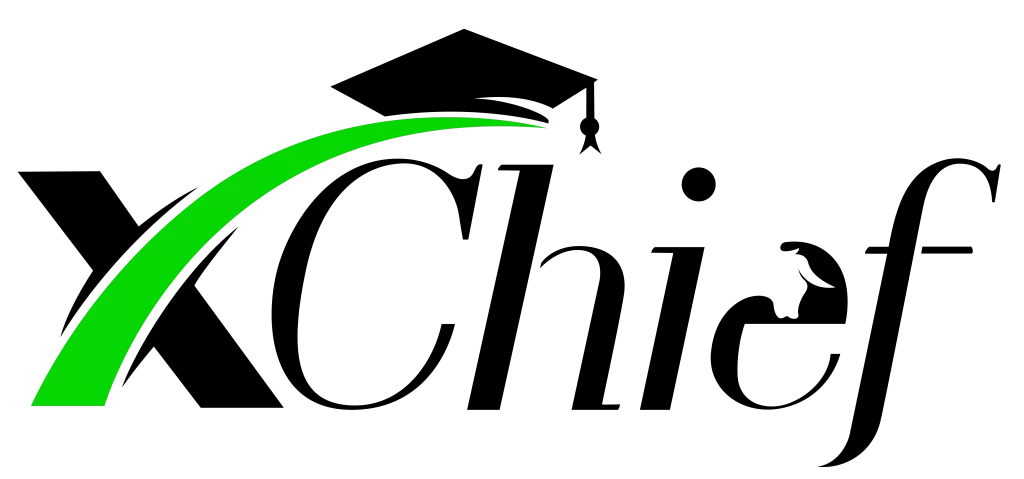What is CFD trading and how to invest in the CFD market?
Introduction:
CFD actually stands for Contract for Difference. It is a type of financial transaction in which the two parties to the contract settle the difference in the price of an underlying asset (for example, stock, currency, commodity, index, etc.) from the time of entering the contract to the time of exiting it. In fact, in CFD trading, you do not actually buy or sell the underlying asset, but only invest in its price movement.
In this example, we provide the following explanations so that you have a better understanding of the CFD market and transactions in this market.
Suppose you and a friend decide to trade on the price of a stock. You think the share price will go up and your friend thinks the share price will go down. You enter into a contract in which you specify when and at what price you will enter the share and when and at what price you will exit the share. You both deposit some money into a joint account as collateral. At the time of exiting the contract, the difference in share price from the time of entry to the time of exit is settled between you and your friend. In this way, you are investing in the movement of the stock price without actually buying or selling the stock. This type of trade is called a “Contract for Difference” or “CFD”.
Advantages of trading in the CFD market
Trading in the CFD market has several advantages, which we will mention below:
– Increase profit using leverage device
You can access a larger amount of the underlying asset by investing a small amount of your money. For example, if you have $1,000 in capital and choose a 10:1 leverage device, you can invest $10,000 worth of underlying assets. Of course, it should be noted that the leverage device also increases risks and may lead to capital loss.
– Profitability in both directions of the market:
You can profit in both up and down markets. If you think the price of an underlying asset will rise, you can open a buy position and then close it at a higher price. If you think the price of an underlying asset will fall, you can open a sell position and then close it at a lower price. In this way, you can take advantage of market fluctuations.
– Access to different markets:
You can access a variety of underlying assets in the CFD market, including stocks, currencies, commodities, indices, precious metals, bonds, and more. This allows you to diversify your portfolio and reduce risk.
– No expiration date:
Many CFD trades have no expiration date, meaning you can hold your position for as long as you like, until the price moves in your favor. Of course, it should be noted that you have to pay a fee called swap, which is applied for every day you keep your position open.
How to invest in the CFD market?
To start trading CFDs, you need a few steps:
- Choosing a CFD broker: You should choose a reputable and reliable broker that offers you the right services and facilities. Some of the factors to consider are fees and commissions, leverage ratio, diversity of underlying assets, trading platform, customer support, etc.
- Opening a trading account: After choosing a CFD broker, you need to open your trading account and deposit the required capital. Depending on the laws and regulations of each country, you may provide some personal and financial information.
- Conduct market analysis: Before entering any CFD trade, you must analyze the market and determine the appropriate strategy. You can use two methods of technical and fundamental analysis. Technical analysis is based on examining price patterns and indicators, and fundamental analysis is based on examining economic, political, and social factors that affect asset prices.
- Selecting the base asset and opening a position: After analyzing the market, you must select the base asset you want from the broker’s base asset list and open your position. You need to specify whether you want to buy or sell, set the trade volume, choose the level of the leverage device and place protective orders such as stop loss and take profit.
Underlying Asset: Underlying asset means the main currency or financial instrument that you decide to trade with. This may be considered as the main currency for your transactions. For example, if you decide to trade the US dollar currency, the US dollar will serve as your base asset.
In which markets can I trade CFDs ?
You can trade CFDs on several different financial markets. Some types of CFD markets include:
- Stock market: You can invest in the stock prices of different companies in the global markets without actually buying or selling the stock. For example, you can trade Google, Apple, Amazon, etc. stocks.
- Currency Market: You can invest on the exchange rate of different currencies in the forex market without actually buying or selling the currency. For example, you can trade on currency pairs like EUR/USD, GBP/JPY, USD/TRY, etc.
- Commodity Market: You can invest in the price of various commodities in global markets without actually buying or selling the commodity. For example, you can trade on the price of oil, gold, wheat, coffee, etc.
- Index Market: You can invest in the price of stock indices in global markets without actually buying or selling stocks. For example, you can trade on the FTSE 100, Dow Jones, NASDAQ 100, etc.
Conclusion
CFD trading is an attractive and popular way to invest in financial markets. By using CFD trading, you can gain access to a large volume of underlying assets with a small investment and benefit from market fluctuations. Also, you don’t need an expiration date and you can hold your position for as long as you want. Of course, you should also pay attention to the risks and costs of CFD trading and choose the right strategy for risk management. In this article, we explained to you what CFD trading is and how to invest in the CFD market.


